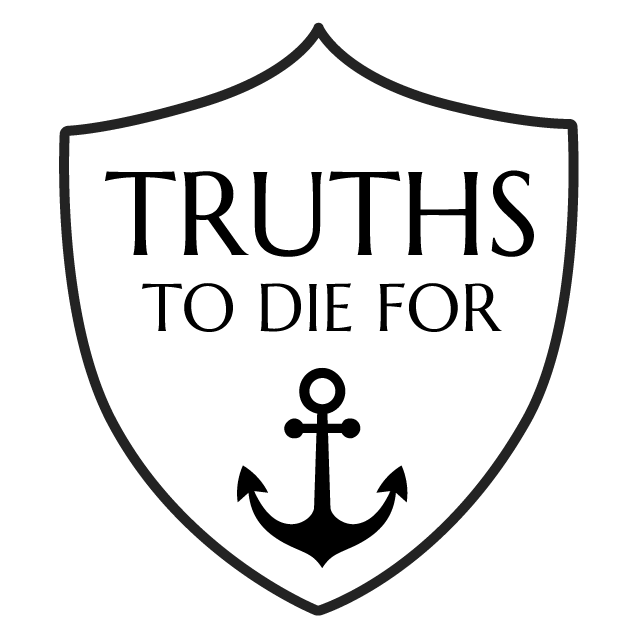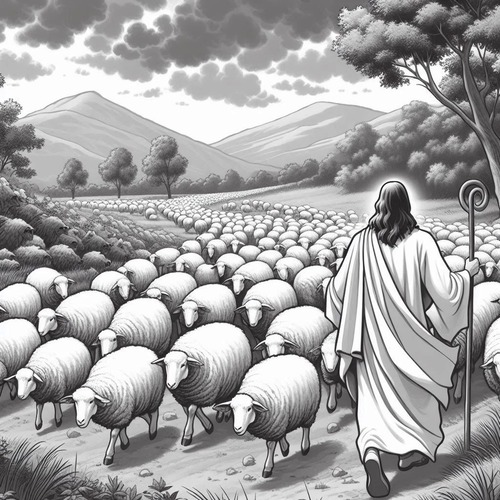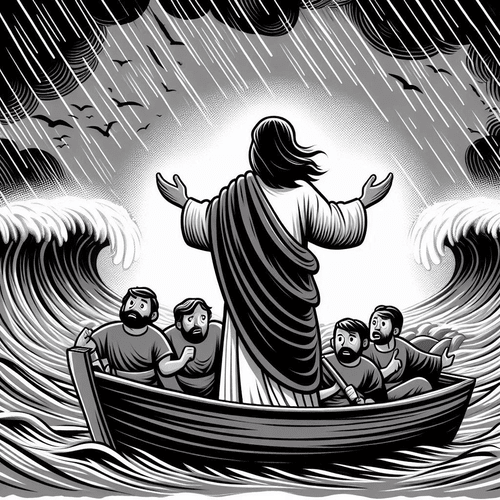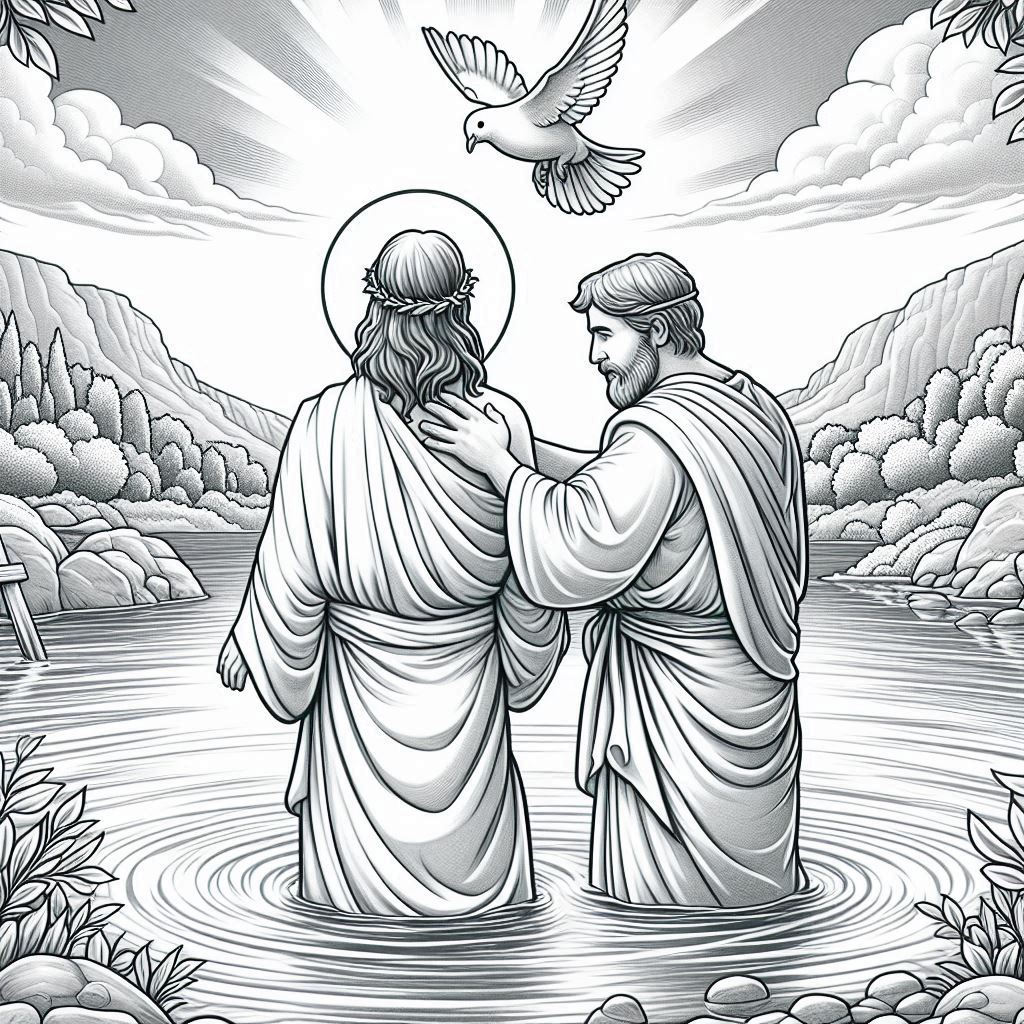Bone of My Bones: Why Eve Was Created From Adam’s Body
“This at last is bone of my bones and flesh of my flesh!” Adam’s joyful exclamation upon first seeing Eve reveals something profound about her unique creation. Consider this: the all-powerful God could have formed Eve from clay. Or He could have spoken her into existence from nothing, or crafted her from just about any material He chose. Yet Scripture records a deliberate, almost surgical process—God took from Adam’s own body to build the first woman. But why Adam’s rib? Since every detail in creation carries divine intention, surely God was communicating something essential about His design for humanity…
WHAT THE TEXT ACTUALLY SAYS
Genesis 2:18-25 provides the detailed account that demands our attention. After declaring “It is not good for man to be alone,” God promises to make “a helper fit for him.” What follows is anything but arbitrary. God causes a deep sleep to fall upon Adam, takes one of his ribs (tsela in Hebrew, meaning “side” or “part”), and from it “built” (banah) the woman.
The Hebrew terminology is significant. The word banah suggests careful construction, not casual formation. When Adam awakens and sees this new creation, his response reveals immediate recognition of both sameness and difference: “This at last is bone of my bones and flesh of my flesh; she shall be called Woman, because she was taken out of Man.”
The Apostle Paul treats this account as historically foundational, not merely symbolic. In 1 Corinthians 11:8-9, he writes, “man was not made from woman, but woman from man. Neither was man created for woman, but woman for man.” In 1 Timothy 2:13, he grounds his teaching on authority in the creation order itself: “Adam was formed first, then Eve.”
THE REFORMED PERSPECTIVE: DIVINE DESIGN IN CREATION ORDER
The Reformed tradition recognises Eve’s formation from Adam’s body establishes several crucial theological truths simultaneously.
- Chronological priority reflects functional priority. Adam’s temporal precedence wasn’t coincidental—it established his role as head. Yet this headship differs fundamentally from domination or superiority. Both bear God’s image equally; the distinction lies in order and function, not worth or dignity.
- Unity and distinction coexist perfectly. Eve’s creation from Adam’s flesh ensures the deepest possible unity—they’re literally “one flesh” because she came from his flesh. Yet her separate formation as a distinct person establishes complementarity, not mere duplication. Same essence, but different roles.
- The helper design reveals strength, not subservience. The Hebrew phrase ezer kenegdo (helper corresponding to him) uses the same word (ezer) applied to God as Israel’s helper. This describes strength that complements and completes, not weakness that submits. Eve brings capabilities that Adam lacks, making their union more than the sum of its parts.
- Federal headship finds its foundation here. Adam’s role as covenant representative for humanity—evident in how his sin affects all mankind—traces back to this creation order. This isn’t arbitrary patriarchy but divine design that will echo throughout redemptive history.
- Marriage receives its prototype. The “one flesh” union Jesus references in Matthew 19 gains profound meaning when we realize it’s grounded in literal shared flesh. The permanent, exclusive covenant between husband and wife reflects this original unity while maintaining the complementary structure established at creation.
COMPETING INTERPRETATIONS AND THEIR WEAKNESSES
Modern egalitarian interpretations acknowledge the shared essence emphasised in Genesis but minimise the significance of creation order. They argue chronological sequence reflected ancient cultural patterns rather than divine prescription, and that mutual submission eliminates any hierarchical implications.
Some progressive views treat the account as theological metaphor rather than historical reality, focusing entirely on equality while dismissing order as culturally conditioned. Others soften complementarian positions by reducing headship to mere egalitarian partnership.
These interpretations, while well-intentioned, create significant problems.
WHY THE REFORMED VIEW MAKES BETTER SENSE
Textual fidelity demands we take Scripture seriously. The creation account presents Eve’s formation with the same matter-of-fact tone used throughout Genesis. Paul’s theological applications in the New Testament treat this order as foundational truth, not cultural accommodation. To dismiss the chronological significance requires explaining away clear Bible teaching.
Theological coherence emerges when we connect creation to redemption. Adam’s federal headship explains how sin entered through one man and affects all humanity. This same pattern appears in God’s redemptive work through the “second Adam,” Jesus Christ. The parallel between Adam-Eve and Christ-Church (Ephesians 5:22-33) becomes meaningless if creation order lacks significance.
Practical wisdom validates what Scripture teaches. The complementarian framework provides clear guidance for marriage while preserving equality and dignity. It acknowledges real differences between men and women without creating oppressive hierarchies. Healthy marriages often display these patterns naturally—not because of cultural conditioning, but because they reflect creation design.
Historical consistency supports the Reformed position. This interpretation aligns with how the church has understood these passages for centuries, across cultures and contexts. While tradition isn’t infallible, the widespread historical consensus suggests this reading captures Scripture’s clear meaning.
The egalitarian emphasis on equality, while important, cannot explain why God chose this specific method for Eve’s creation. If mere equality were the point, forming Eve independently would have made that clearer. But God’s choice to form her from Adam communicates both unity and order—truths that complementarianism preserves while egalitarianism tends to flatten.
EVE WAS CREATED FROM ADAM’S BODY: LIVING OUT GOD’S DESIGN
This understanding shapes how we approach marriage and gender roles today. Husbands bear responsibility for loving leadership that mirrors Christ’s sacrificial love for the church. Wives exercise their strength through supportive partnership that demonstrates the church’s joyful submission to Christ. Both roles require strength, wisdom, and courage—neither is passive or merely reactive.
In both home and church, complementarity means recognising that men and women bring different gifts and perspectives that enhance rather than compete with each other. Equal dignity with distinct roles creates harmony, not hierarchy.
EVE WAS CREATED FROM ADAM’S BODY: THE BEAUTY OF DIVINE INTENTION
Eve’s creation from Adam’s body wasn’t divine convenience—it was divine communication. Through this deliberate choice, God established the pattern for human relationships that honours both our fundamental equality as image-bearers and our beautiful differences as male and female. In Reformed theology, we find not a system that diminishes women, but a design that celebrates the unique contributions both sexes bring to God’s purposes.
When we understand why God chose Adam’s rib, we discover wisdom that transcends cultural trends and anchors human relationships in the bedrock of divine intention. Adam’s joyful recognition—”bone of my bones!”—echoes still as God’s invitation to embrace the beauty of His complementary design.
EVE WAS CREATED FROM ADAM’S BODY: RELATED FAQs
Did the location of the rib (Adam’s side) have symbolic significance? Complementarian scholars, including Matthew Henry, note Eve wasn’t taken from Adam’s head (to rule over him) or his feet (to be trampled), but from his side—near his heart—to be loved and protected. John Chrysostom observed this suggests partnership and intimacy rather than dominance or subservience. While we shouldn’t over-interpret symbolism, the side location beautifully illustrates the “helper alongside” concept.
- How do we address the seeming “inequality” of Eve being created second? Leading complementarians like Wayne Grudem and John Piper argue temporal sequence indicates functional order, not ontological hierarchy. Bruce Ware notes that in Trinitarian theology, the Son’s eternal generation doesn’t make Him inferior to the Father—distinction in role coexists with equality in essence. The “secondness” establishes relationship dynamics while preserving equal dignity and worth before God.
- What about the argument Adam was “incomplete” without Eve: does it suggest he needed her more than she needed him? Theologian Raymond Ortlund Jr acknowledges Adam’s incompleteness while maintaining this doesn’t negate headship. God declared the situation “not good,” but this reflects Adam’s inability to fulfil his calling alone, not personal deficiency. Douglas Wilson argues headship often involves recognising one’s need for others—effective leaders understand their dependence on those they serve and lead.
How do complementarians explain why animals were presented to Adam first before Eve’s creation? Scholars like Dennis Johnson suggest this “parade of animals” served to highlight no existing creature could fulfil the helper role Adam needed. Thomas Schreiner notes this emphasises Eve’s unique design specifically for partnership with Adam. The process demonstrates Eve wasn’t an afterthought but the culmination of God’s creative purpose for human relationships—uniquely fitted for Adam in ways no other creature could be.
- Did Eve have the same dominion mandate as Adam, and how does this relate to complementarian theology? Complementarians affirm both Adam and Eve received the dominion mandate equally (Genesis 1:28). However, scholars like Andreas Köstenberger argue shared dominion over creation doesn’t eliminate functional distinctions within marriage. Susan Foh suggests Eve’s equal participation in subduing the earth demonstrates her full humanity and capability while maintaining the relational order established in Genesis 2.
- How do complementarians handle the fact that in reproduction, men seem to “come from” women? This question acknowledges Paul’s own comment in 1 Corinthians 11:11-12 that “woman is not independent of man nor man of woman… as woman was made from man, so man is now born of woman.” Complementarian scholars like Tom Schreiner argue this mutual dependence actually supports rather than undermines their position. The original creation order establishes the foundational pattern, while ongoing reproduction demonstrates the beautiful interdependence that complementarity creates rather than eliminates.
How do we view cultures where women historically held more authority—doesn’t this prove gender roles are just cultural? Complementarians distinguish between descriptive cultural observations and prescriptive biblical principles. Mary Kassian notes that while cultures vary widely, this diversity often reflects the distortion of creation design rather than alternative valid models. Carolyn Mahaney argues exceptional women in leadership (like Deborah) often arose during times of spiritual crisis when men failed their calling, serving as God’s gracious provision rather than normative examples for ongoing practice.
EVE WAS CREATED FROM ADAM’S BODY: OUR RELATED POSTS
- The Necessary Adam: Why We Must Affirm the First Man
- The Debate Post 1: Complementarianism Vs Egalitarianism
- Biblical Gender Interpretations: Complementarian vs Egalitarian Views
Editor's Pick
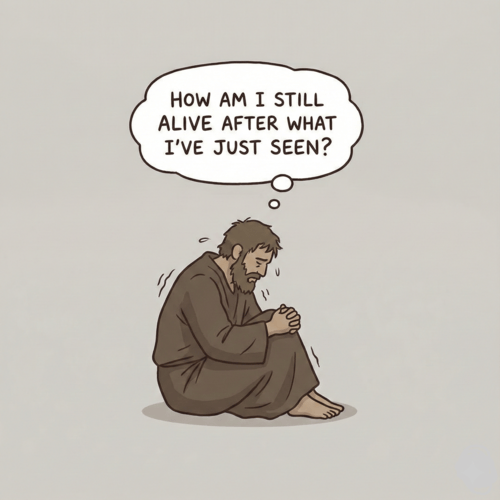
The Throne-Room Vision: Who Did Isaiah See?
The scene is unforgettable: Isaiah stands in the temple, and suddenly the veil between heaven and earth tears open. He [...]
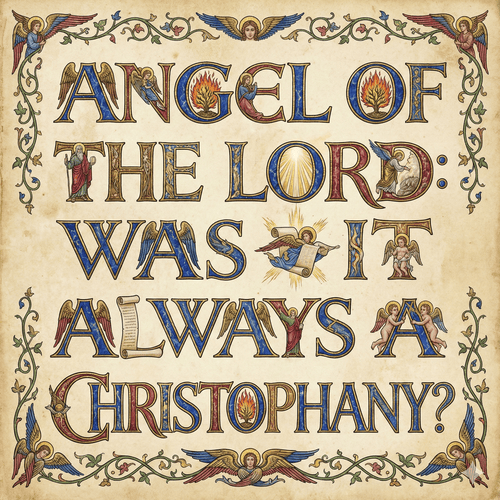
The Angel of the Lord: Can We Be Certain It Was Christ All Along?
Throughout the Old Testament, a mysterious figure appears: the Angel of the LORD. He speaks as God, bears God’s name, [...]
SUPPORT US:
Feel the Holy Spirit's gentle nudge to partner with us?
Donate Online:
Account Name: TRUTHS TO DIE FOR FOUNDATION
Account Number: 10243565459
Bank IFSC: IDFB0043391
Bank Name: IDFC FIRST BANK

